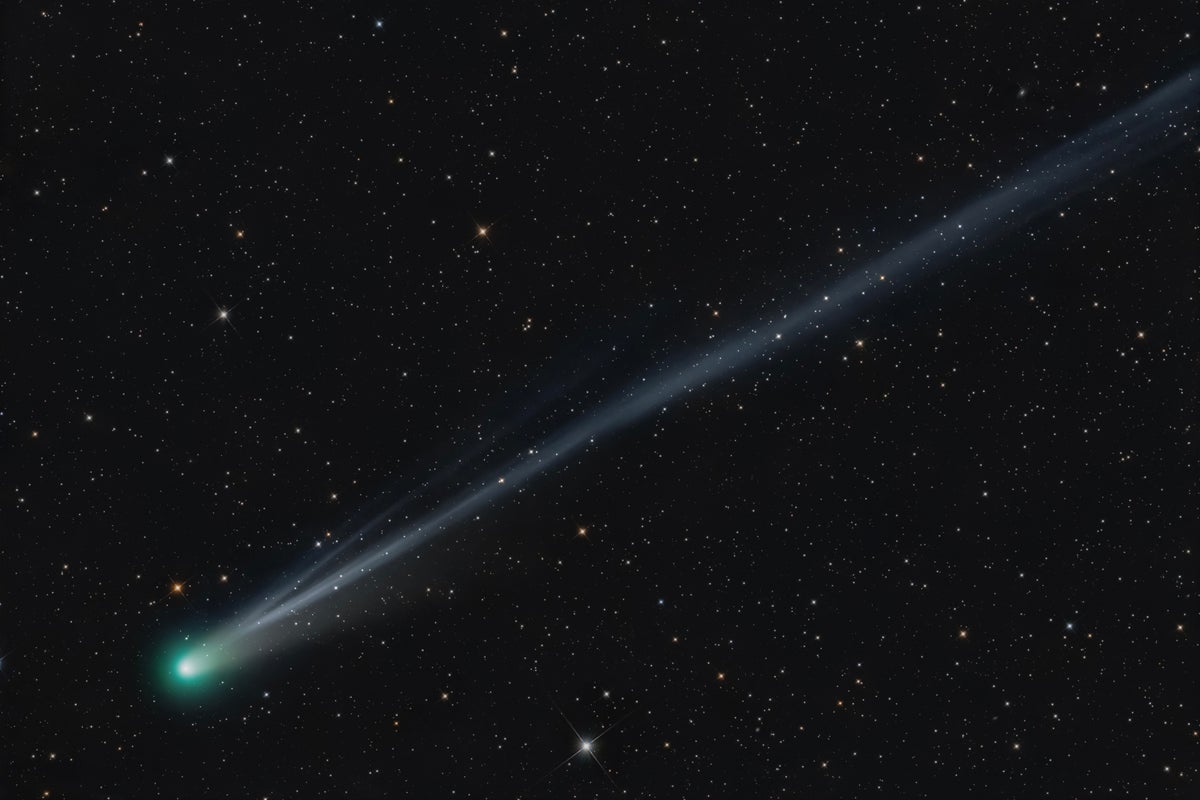
"They both are on orbits that swoop through the inner solar system and then back out into deep space, past the orbit of Neptune. Lemmon has a period (the time it takes to orbit the sun) of about 1,300 years, while SWAN's is about 650 years. Neither gets particularly close to Earth. While SWAN's orbit is very well aligned with the plane of the planets as they orbit the sun,"
"Lemmon is somewhat brighter than SWAN and a fine object for binocular-based viewing, but neither is particularly dazzling when compared with others from recent history. In mid-2020, for instance, the beautiful comet C/2020 F3 NEOWISE was bright enough to see easily by eye. And C/1995 O1 (Hale-Bopp) was so bright in 1997 that I saw it from inside my house while looking out a window in a well-lit room!"
"All this variation raises an obvious question: Why do some comets glow spectacularly while others seem to fizzle out? The most obvious reason is proximity. If a comet gets closer to Earth, it will generally look brighter. The best example of this is arguably from the most famous comet of them all: 1/P Halley, also called Halley's Comet (or more correctly, Comet Halley). In 1910 it became extremely bright as it approached within 25 million kilometers of Earth, but the vie"
Two comets, C/2025 A6 (Lemmon) and C/2025 R2 (SWAN), travel on long-period orbits that swing through the inner solar system and then back past Neptune. Lemmon's orbital period is roughly 1,300 years; SWAN's is about 650 years. Neither comet approaches Earth closely. SWAN's orbit lies near the planets' orbital plane, while Lemmon's orbit is highly inclined by over 140 degrees, indicating different dynamical histories and possible planetary interactions for SWAN, notably with Jupiter. Lemmon appears somewhat brighter and is suitable for binocular viewing, but both remain modest compared with recent bright comets such as NEOWISE and Hale-Bopp.
Read at www.scientificamerican.com
Unable to calculate read time
Collection
[
|
...
]